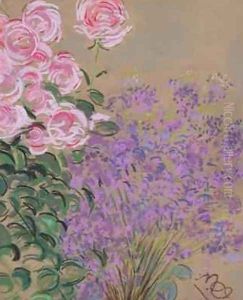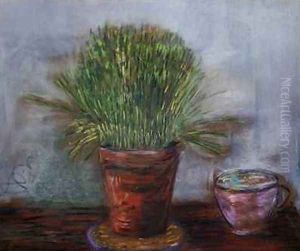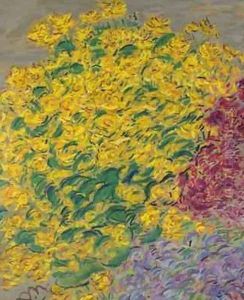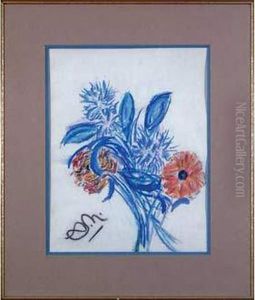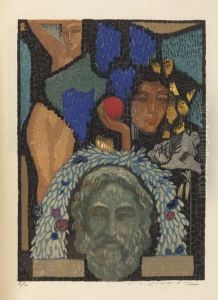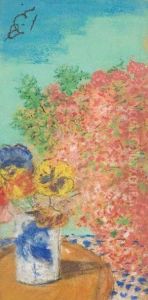Anna de Noailles Paintings
Anna de Noailles was a distinguished figure in early 20th-century French literature, known for her poetry, novels, and essays. Born Anna Élisabeth Bibesco Bassaraba de Brancovan on November 15, 1876, in Paris, France, she hailed from an illustrious lineage that connected her to both Romanian princely families and the French aristocracy. Her father was a Romanian prince, and her mother belonged to a Greek family, endowing Noailles with a rich cultural heritage that would influence her literary work.
Noailles was a celebrated figure in Parisian society, known for her beauty, intelligence, and the salon she held, which was a meeting place for leading literary and artistic figures of the time, including Marcel Proust, André Gide, and Jean Cocteau. Her literary career began to flourish in the early 20th century, marked by the publication of her first volume of poetry, 'Le Cœur innombrable', in 1901, which established her as a prominent voice in French literature.
Her works, characterized by their lyrical beauty and profound exploration of themes such as love, nature, death, and the anguish of existence, resonate with the influence of the Symbolist movement, though her style is distinctly her own. Notable works include 'L'Ombre des jours' (1902) and 'Les Éblouissements' (1907), both celebrated for their exquisite language and depth of emotion. In addition to her poetry, Noailles wrote several novels and a collection of essays, contributing significantly to the intellectual and artistic discourse of her time.
Throughout her life, Noailles received numerous accolades for her contributions to French literature, including being the first woman to be decorated with the Grand Officer of the Legion of Honor, a testament to her significant impact on French literary culture. Despite her achievements, Anna de Noailles battled with health issues in her later years, leading to her death on April 30, 1933, in Paris. Today, she is remembered not only for her literary legacy but also for her role in the cultural milieu of early 20th-century France, embodying the spirit of an era that sought to marry the beauty of art with the profundity of human experience.
